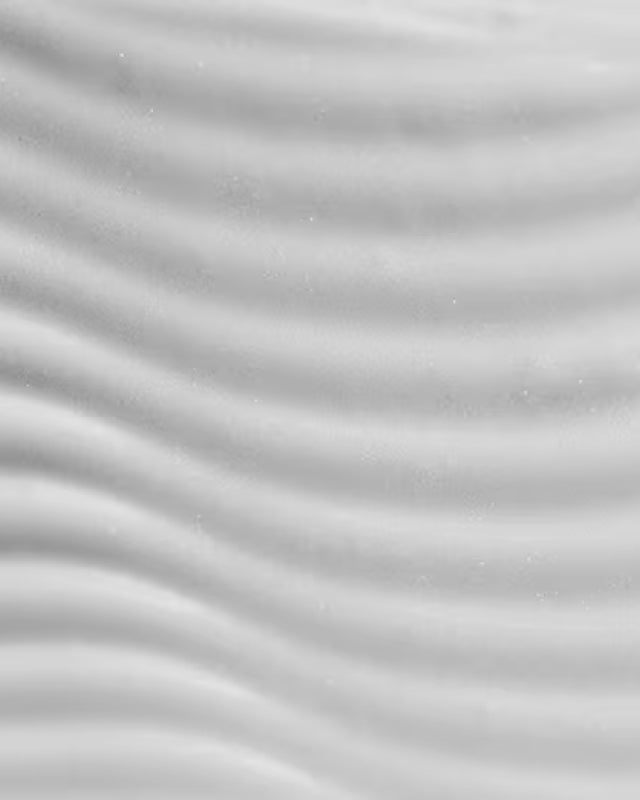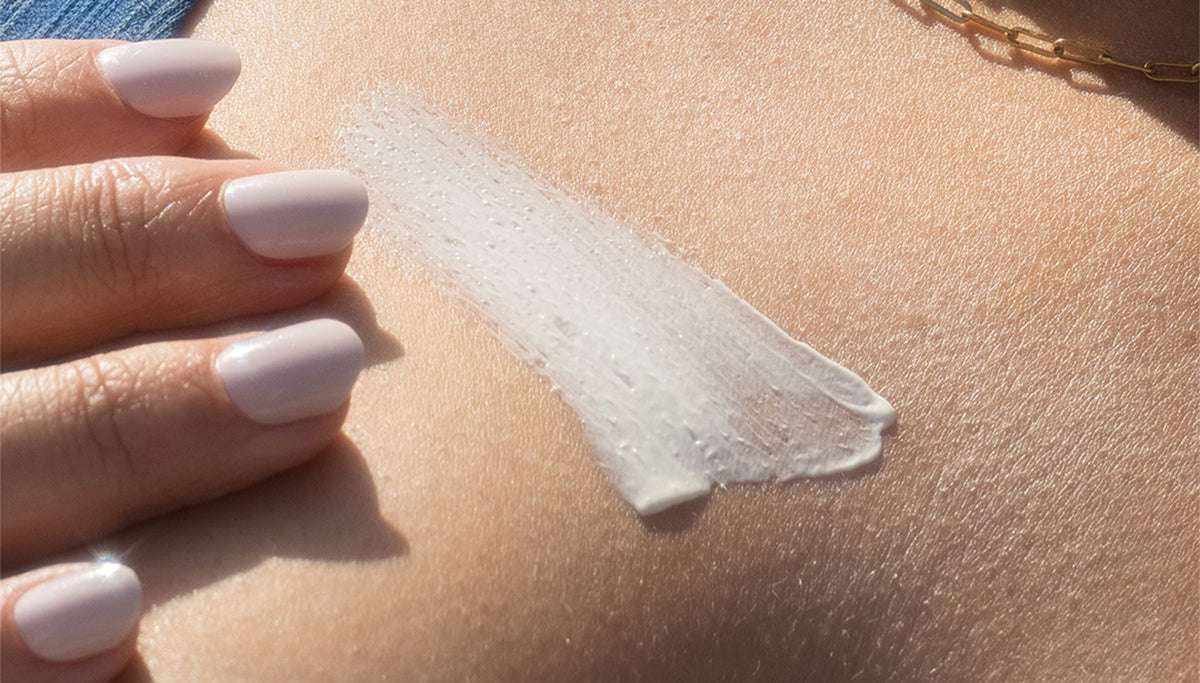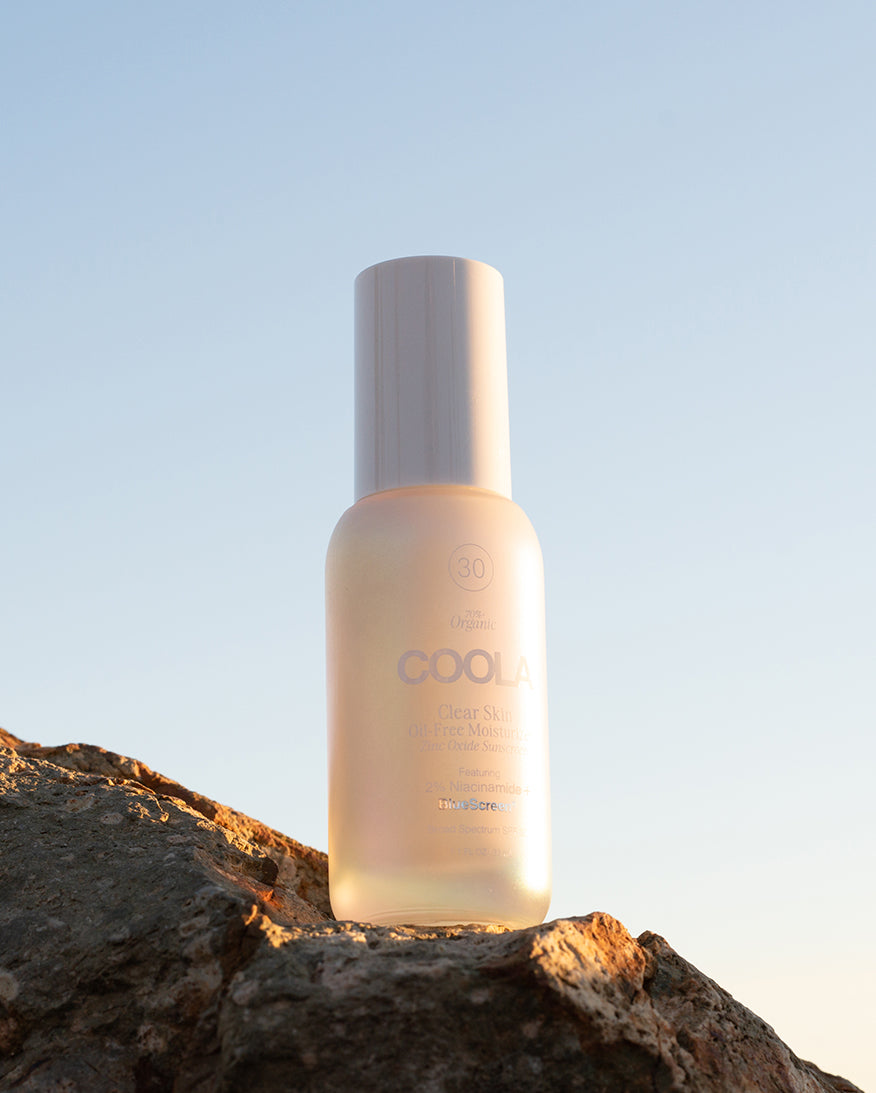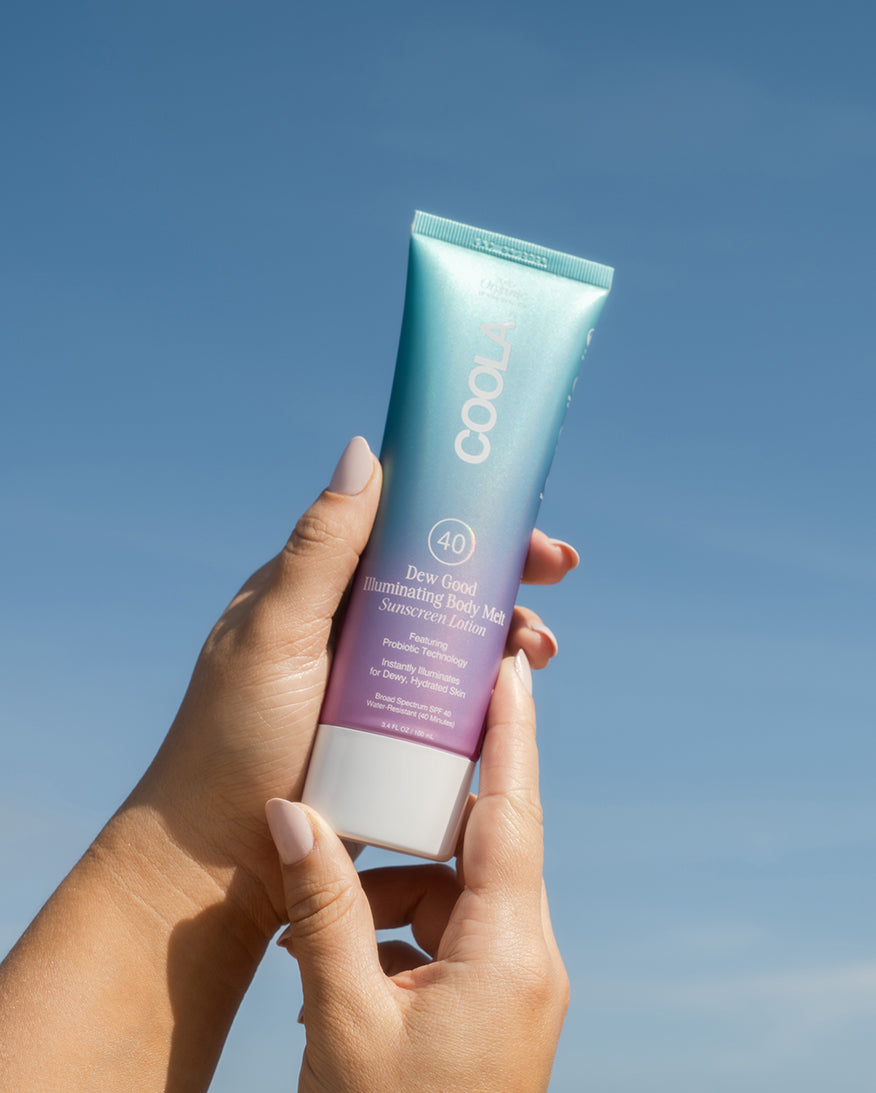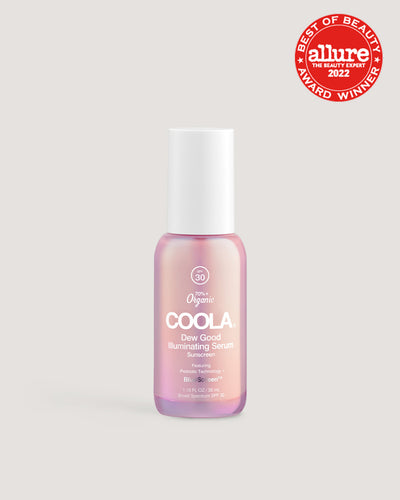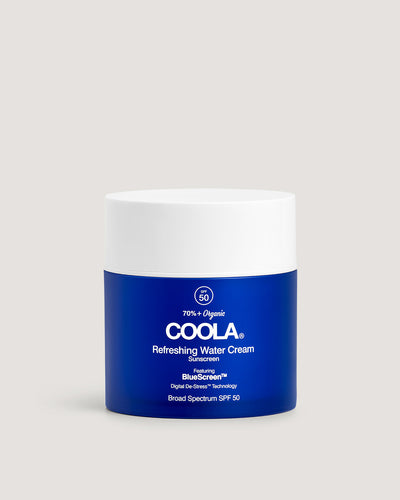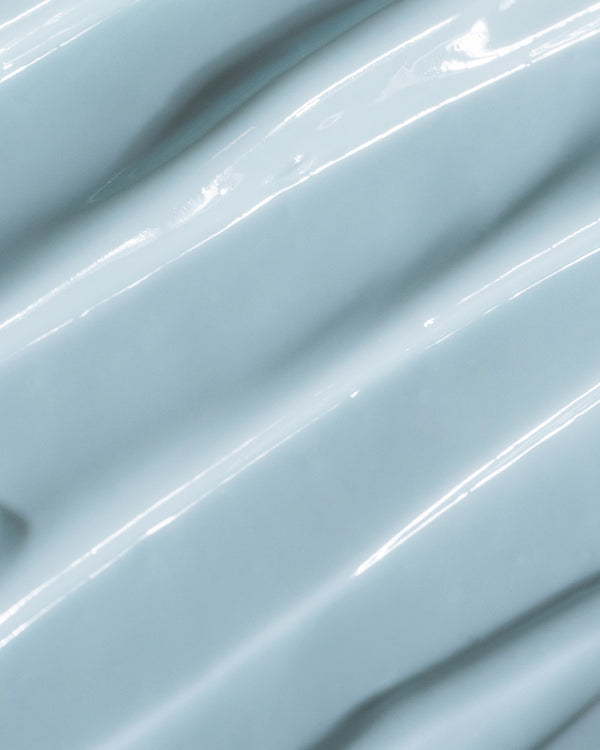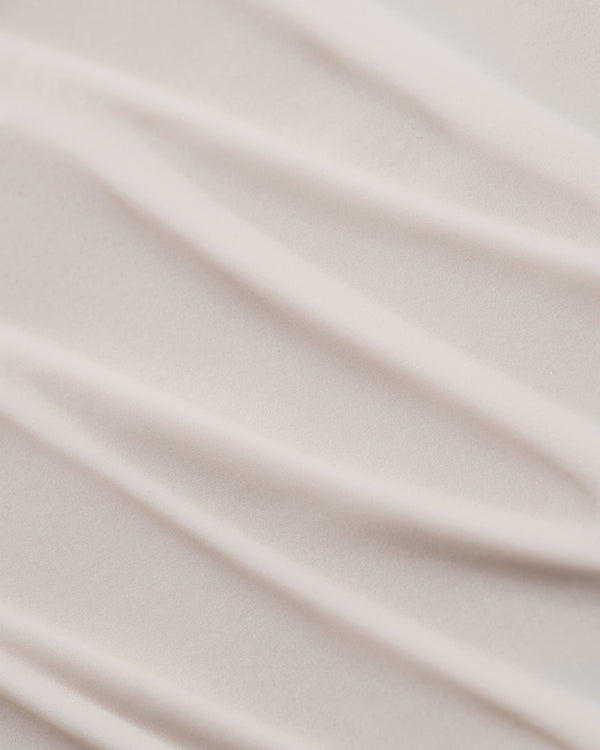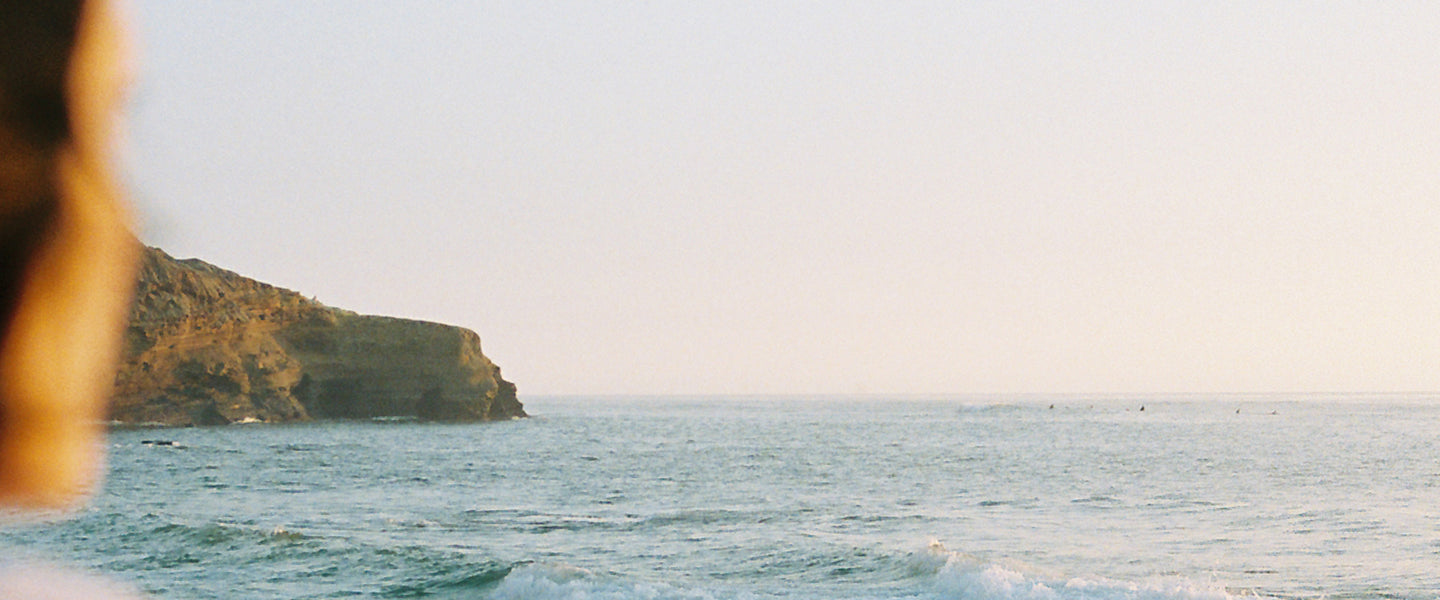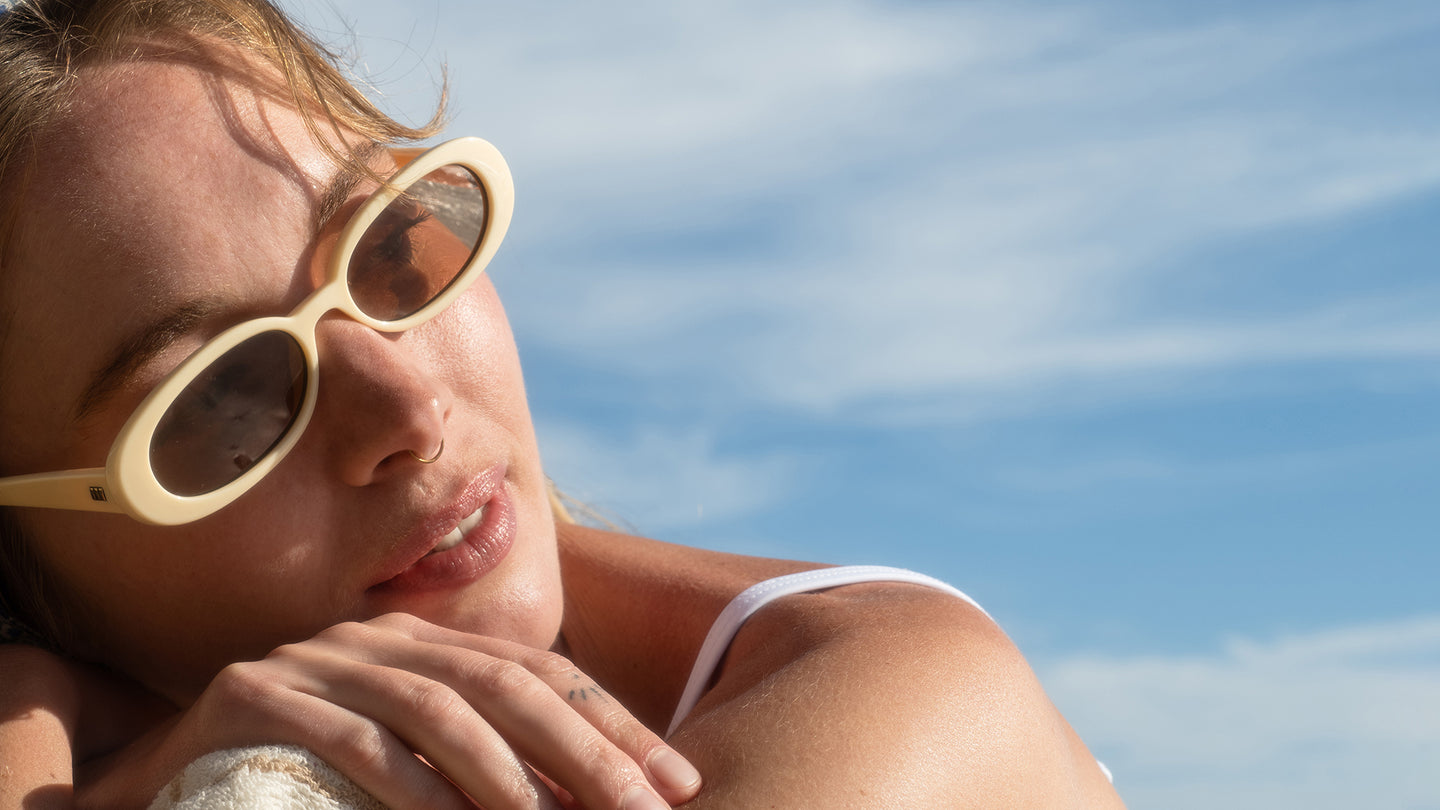
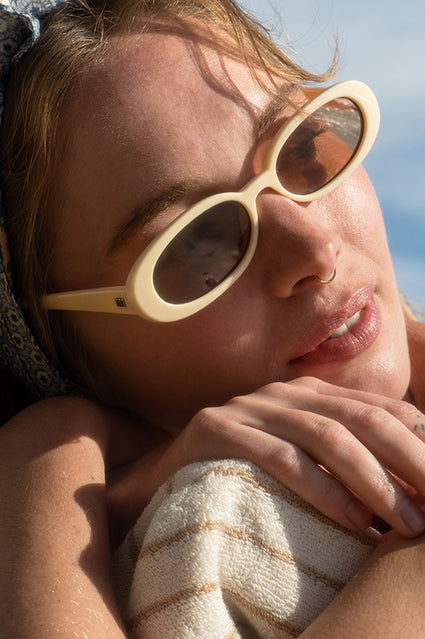
STAY INFORMED ON SUN SCIENCE
Serious About Sun
At COOLA, we’re serious about sun protection. And about you staying informed on how to best protect your skin–for your healthiest skin possible.
Everything on SPF

KNOW YOUR SPF
Chemical vs Mineral Sunscreen
Chemical and mineral sunscreens differ in their active sun protection ingredients. Our chemical sunscreens contain active FDA-approved chemical filters like Octisalate and Avobenzone, optimized with our proprietary plant-derived technology, that work by absorbing into your skin and transforming UV radiation into heat. Our mineral sunscreens contain active mineral filters like Zinc Oxide and Titanium Dioxide, which create a physical barrier on your skin’s surface, shielding it from harmful UV rays.
Our chemical and mineral SPFs both guarantee broad-spectrum protection from UVA and UVB rays.

DIGITAL DE-STRESS


